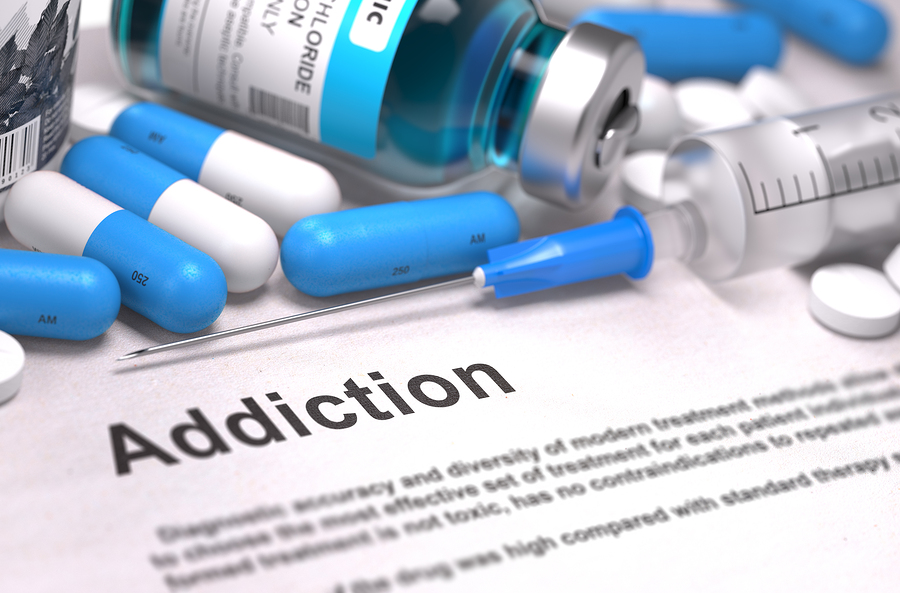Hey guys, Dr. Lell here writing you from the Sellwood neighborhood of Portland, Oregon. There are a LOT of Chiropractors here in Portland – probably more than there are Starbucks. That’s a lot of bone-crunching going on. Maybe if you sit quietly enough, you can hear the collective pops and cracks of people on their way to a healthier life with less pain. But is the pop that we all feel during an adjustment worth anything? Do you feel like it didn’t work unless you feel the crack? Is your chiropractor turning you into a…..crack addict?
What’s the pop and crack during an adjustment?
First – what is the snap, crack, and pop? Technically speaking (*pushes glasses up nose) it comes from fluid dynamics and the popping sound is called a cavitation. Since the 1970’s, it was thought that this sound was made by the collapse of air bubbles within the joint that is being moved during the adjustment. But newer evidence suggests is from the creation of air bubbles within that same space. I have NO clue what the significant difference is there but I’ll tell you as soon as I learn.
Is the Pop important?
Practically speaking – the cavitation (pop) is a side effect of the adjustment and does not indicate whether or not the adjustment was successful or not. When chiropractors adjust a joint (not just in the spine but from head to toe) they are doing it to restore motion and offer some proprioceptive input. Take what’s stuck and move it. Consider the following…
- Some people crack when they get adjusted, others don’t. But both the poppers and the non-poppers still get good results
- Some people get adjusted with instruments most commonly known by patients as “the clicker” or “the gun”. These instruments never cause cavitations but the patients that get adjusted like this still get great results.
- Gentle styles of adjusting (low force) don’t cause pops and can be just as effective as traditional adjustments for pain and mobility
- Some research says that the popping isn’t even coming from what’s being adjusted – it’s coming from somewhere else.
- Some joints “pop” even though there is no physically possible way they can because of their design (synovial joint vs fibrous joint vs cartilaginous joint)
Why does the pop feel better than no pop?
Why do we feel so much better when we hear and feel the pop? Well the research is out on this one. Some people would tell you that it’s in your mind. If your chiropractor keeps slamming you until you pop and then says things like “that was a good one” or “boy did that move” only if an audible release is heard and felt, then your brain is being primed to expect it and see that as a good outcome. That’s not to ‘poo-poo” on your Chiropractor if he does that because that way of thinking was the prevailing theory for a long, long time. The research suggesting otherwise is pretty new and is just making its way into schools curriculums.
Another thing to consider is that spinal manipulation is good for all sorts of things – not just for mechanical pain. The studies that say “no crack is just as good as crack” are looking at how it affects PAIN. They aren’t considering the other mechanisms that spinal manipulative therapy is said to have.
I tell each of my patients that it’s my goal to make a joint work better. You may pop. You may not. So long as I restore the motion and you feel better at the end of the day, I’m fine either way.
Chiropractic adjustments are amazing at reducing pain, inflammation, and improving biomechanical function. No doubt about that. But the adjustment is not all about the crack. Get chiropractic care but don’t be a crack addict.
As always, drop me a line with any questions, comments, or if you’d like me to write about something specific.
Until next time, eat well and move often.
